What is Proto-Freelanced model railroading?
Proto-Freelanced model railroading refers to the creation of model trains that are not always based on specific real-world railroad or locations. In this hobby, enthusiasts design and build their own fictional or freelanced railroad systems, incorporating unique elements, themes, designs, and history. It allows for creativity and personalization in crafting model railroads without adhering to the specifics of existing prototypes.
Examples of Proto-Freelanced model railroads:
Proto-Freelanced Groups on Facebook:
Is The Denver Terminal Railway real?
Simple answer, No.
The Denver Terminal Railway is not a real railway. It is based on real life locations in Colorado representing a ‘What If’ scenario if many of the original rail lines were not abandoned or operated by other railroads.
THE DENVER TERMINAL RAILWAY
The Story.
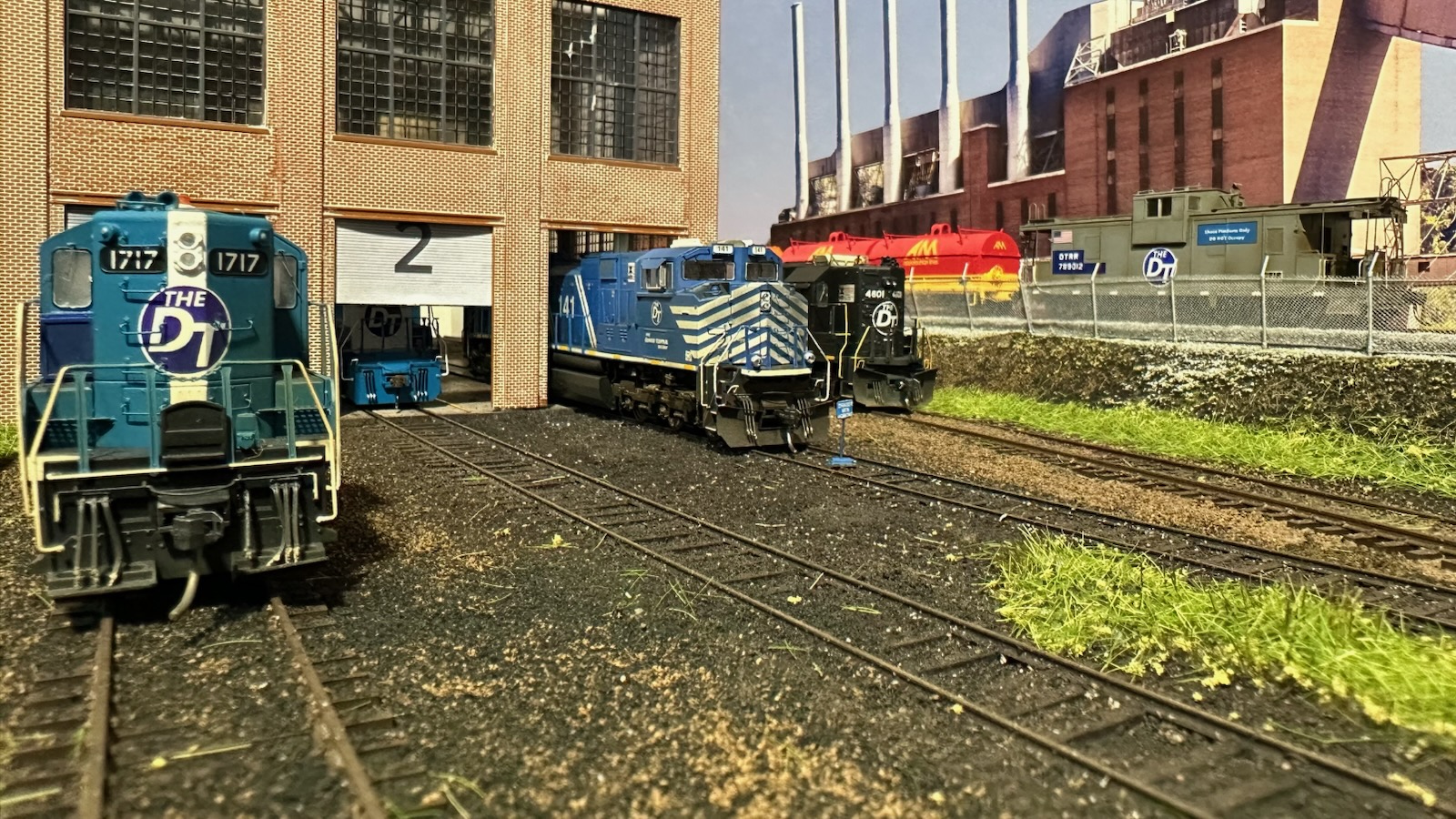
The Denver Terminal Railway originally emerged as the de facto short line railroad, serving customers in the Stock Yards, North Washington, Suncor, and Sandown areas just north of downtown Denver. Initially, it handled trains connecting with Union Pacific and BNSF directly to customers. However, following its acquisition of Union Pacific’s line to Boulder, the railway established a larger, centralized classification yard at 69th Street in Commerce City. Over time, The Denver Terminal Railway also assumed control of the D&I and Market jobs from BNSF Railway, which sought to divest its operations in the Denver area to streamline their own operations.
Boosted by increased profits from its efficient Denver operations, The Denver Terminal Railway began rehabilitating the line to Boulder to meet growing demand for commuter rail service connecting Denver with northern communities. This revitalization also sparked renewed interest from businesses, many of which transitioned to rail for transporting their goods, leveraging the enhanced capabilities of The Denver Terminal Railway.
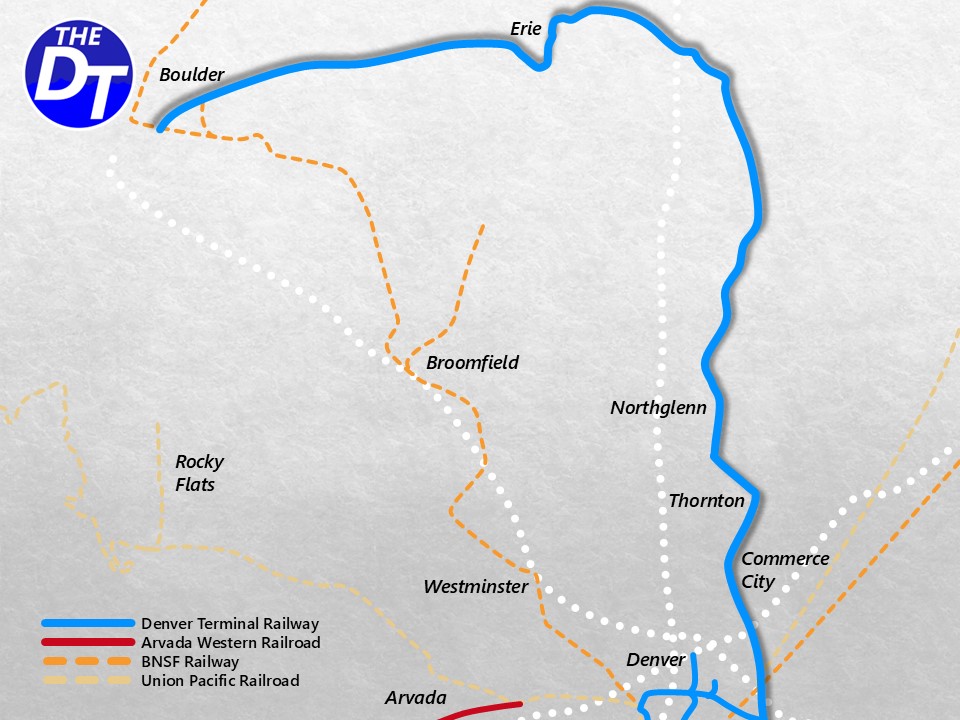
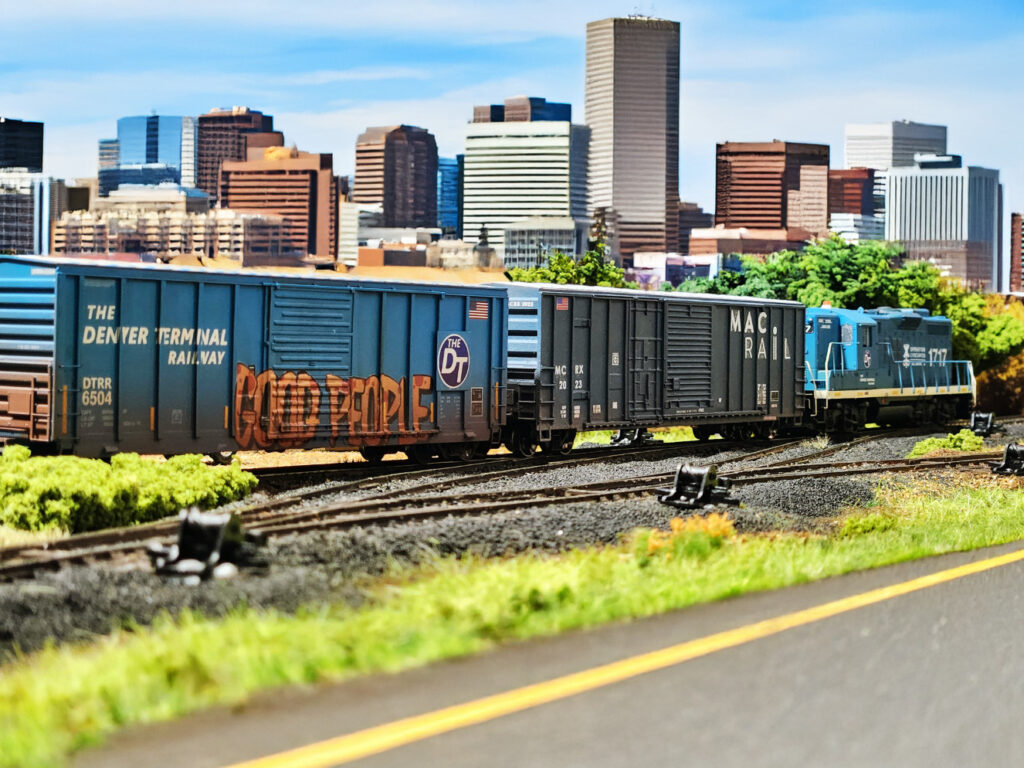

Taking over the Tennessee Pass
Growing into a Regional Railroad
The last revenue train traversed the Tennessee Pass in 2007, after which the rail line fell into disrepair. However, The Denver Terminal Railway successfully negotiated a deal for the Tennessee Pass and initiated efforts to restore the line to operational status. Additionally, the railway acquired the historic Colorado Midland right-of-way between Buena Vista and Colorado Springs. Despite this, only the section between Buena Vista and Antero Junction was rehabilitated, establishing a vital connection to the Arvada Western Railroad. The reopening of the Tennessee Pass not only restored an east-west link through Colorado’s Front Range but also reconnected the Arvada Western Railroad with the San Luis Rio Grande Railroad, revitalizing regional rail connectivity.
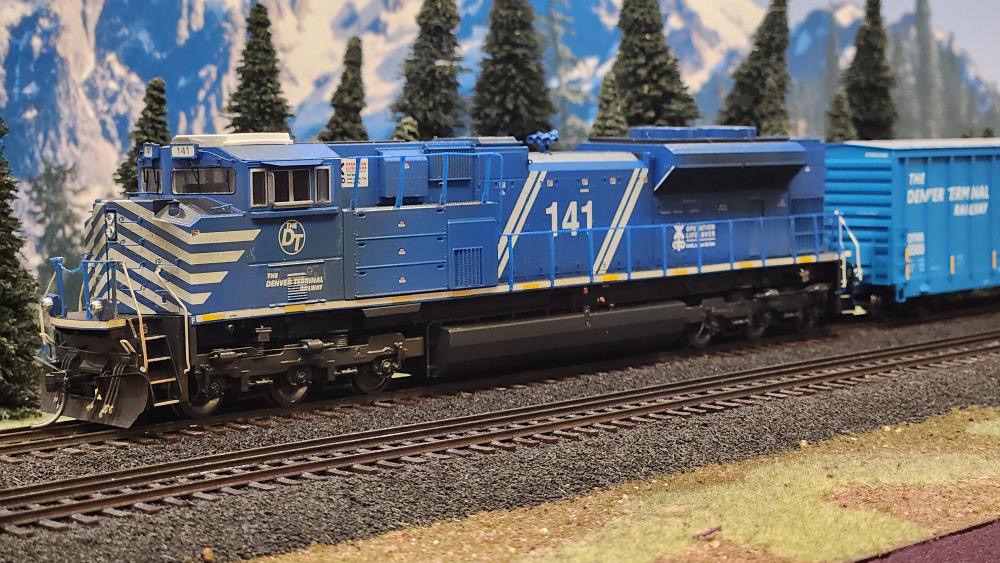

Saving the San Luis
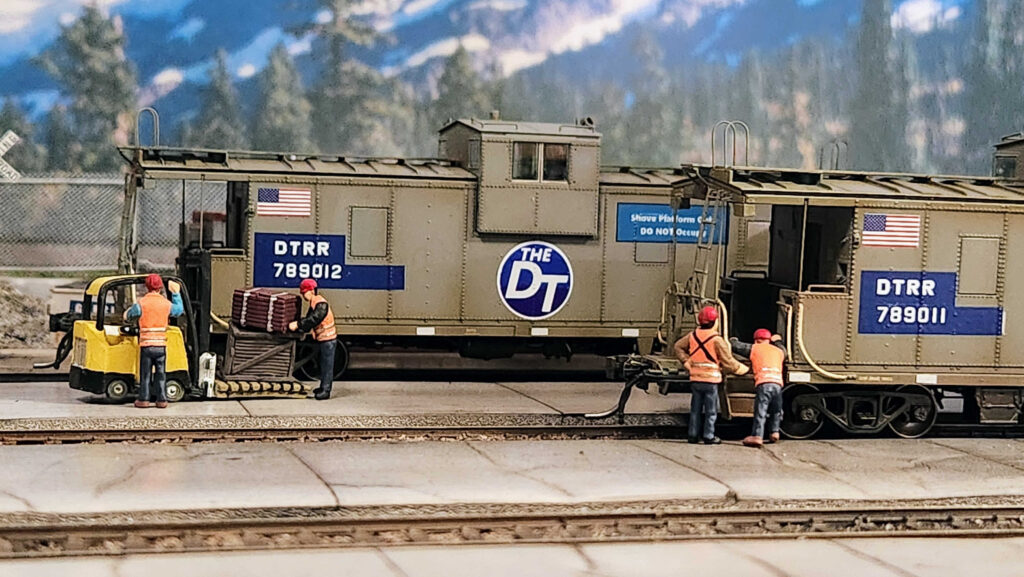
The Demise of IPH
Iowa Pacific Holdings has owned the historic Denver & Rio Grande Western rail lines through the San Luis Valley since 2005 and has operated both freight and passenger excursion traffic over the lines as the San Luis & Rio Grande Railroad. However, in 2020, the company fell into bankruptcy, forcing the rail line to be put up for sale. The Denver Terminal Railway seized the opportunity to purchase the railroad and was selected as the new owner. Instead of running the railroad themselves, Sur Rail was chosen to operate and maintain the San Luis Rio Grande Railroad. Sur Rail was also operating the connecting Los Alamos Northern Line Railroad and San Luis Central Railroad. A short trip over The Denver Terminal Railway’s Tennessee Pass line also provided a close connection to the Arvada Western Railroad.

The New Mexico Connection
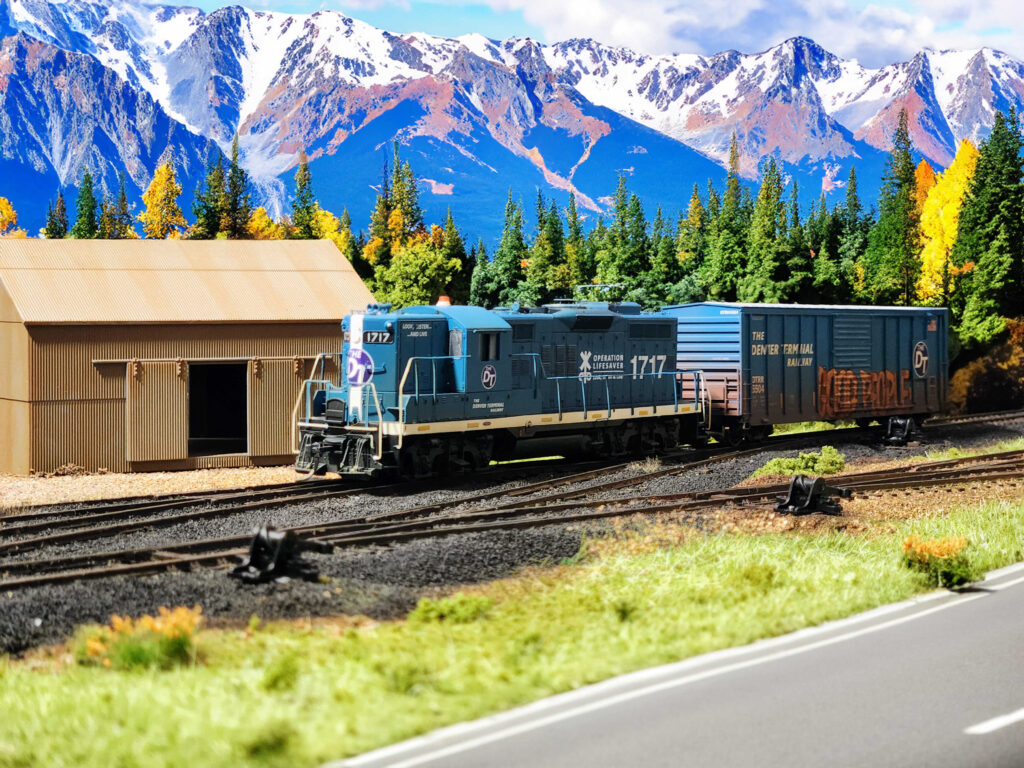
The Zia Railway
The Denver Terminal Railway rescued the Santa Fe Northwestern Railway in New Mexico from the brink of abandonment. Though historically unprofitable, the railway provided a critical transportation link for the Zia Pueblo and western Jemez Mountain regions, connecting them to the broader rail network. After being put up for sale and attracting several bidders, The Denver Terminal Railway was ultimately selected to take ownership.
Following extensive revitalization, the line was rebranded as The Zia Railway, named after the Zia Pueblo area it serves. The acquisition proved profitable for The Denver Terminal Railway as rising copper prices increased freight demand. Additionally, growing interest in commuter rail services along the line secured state funding to upgrade the entire route, including implementing PTC (Positive Train Control) and modern signaling in sections used for passenger service.
The line’s multimodal operations—supporting both freight and passenger services—have ensured its continued success and relevance in the region.
